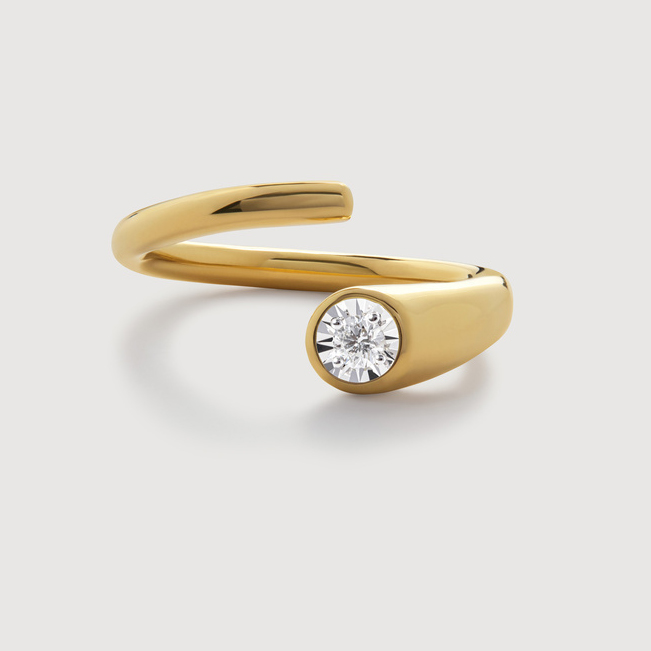Why Do Silver Jewelry Pieces Tarnish at Different Rates? Key Factors in the Production Process
Silver jewelry is a timeless and elegant accessory, but many wearers notice that some pieces tarnish faster than others. This variation in oxidation rates is not random—it is closely tied to the production process. Several critical factors determine how quickly silver jewelry loses its shine, including the quality of polishing, the type of electroplating used, and the standards of the manufacturing facility. This article explores these factors in detail, explaining why some silver jewelry retains its luster longer while others oxidize rapidly.
1. The Importance of Proper Polishing: A Smooth Surface for Better Electroplating
Before silver jewelry is electroplated, it undergoes a crucial step called blank polishing. The smoothness and finish of the jewelry at this stage significantly impact its durability and resistance to tarnishing.
Why Polishing Matters
- Surface Imperfections Accelerate Oxidation: If the silver blank is not polished thoroughly, microscopic scratches and rough patches remain. These imperfections create uneven surfaces where moisture and air can penetrate, speeding up oxidation.
- Electroplating Adhesion Depends on Smoothness: A well-polished surface allows the electroplating layer (such as gold, rose gold, or rhodium) to adhere more evenly. Poor polishing leads to weak spots in the plating, making the jewelry more susceptible to wear and tarnish.
Best Practices in Polishing
- High-Grade Abrasives: Manufacturers should use fine-grit polishing tools to achieve a mirror-like finish.
- Multiple Polishing Stages: Jewelry should go through several polishing stages—coarse, medium, and fine—to eliminate all surface flaws.
- Quality Control Checks: Factories must inspect each piece under magnification to ensure no imperfections remain before electroplating.
When polishing is rushed or done with low-quality tools, the resulting jewelry will tarnish faster because the electroplating cannot form a strong protective barrier.
2. The Role of Electroplating and Color Protection: Why Some Finishes Last Longer
Not all electroplated finishes are created equal. Some colors, like white gold, are naturally more resistant to oxidation, while others (such as gold, rose gold, champagne gold, and gunmetal black) require additional protection to maintain their color.
The Need for Protective Lacquer (Swimming Paint)
- Gold, Rose Gold, Champagne Gold, and Gunmetal Black: These finishes are prone to fading because their pigments are less stable than rhodium (used in white gold plating). To combat this, manufacturers apply a protective lacquer (swimming paint) during electroplating.
- How It Works: The lacquer forms a transparent shield over the plated layer, preventing direct contact with air, sweat, and chemicals.
- Without Lacquer: These colors fade quickly, exposing the underlying silver to oxidation.
- White Gold/Rhodium Plating: Rhodium is highly corrosion-resistant, so it doesn’t require additional lacquer. This is why white gold-plated silver jewelry tends to last longer without tarnishing.
Types of Electroplating: Real Gold vs. Imitation Gold
- Real Gold Plating (PVD Coating): Uses a thin layer of real gold (usually 18K or 14K) for plating. This method offers superior durability and color retention but is more expensive.
- Imitation Gold Plating: Uses cheaper alloys that mimic gold’s appearance. While cost-effective, these coatings wear off quickly, exposing the silver beneath and accelerating tarnishing.
Key Takeaway: Jewelry with proper lacquer protection and real gold plating will resist oxidation much longer than untreated or imitation-plated pieces.
3. Choosing the Right Electroplating Factory: Why Large, Reputable Suppliers Matter
The quality of electroplating varies drastically between large, professional factories and small, low-cost workshops. Many small workshops cut corners to reduce expenses, leading to faster tarnishing.
Why Factory Standards Matter
- Thickness of Electroplating:
- High-quality factories ensure a minimum plating thickness (e.g., 0.5–3 microns for gold plating). Thicker layers last longer.
- Small workshops often apply extremely thin layers (sometimes less than 0.1 microns) to save costs, causing rapid wear and oxidation.
- Use of Advanced Technology:
- Reputable factories use PVD (Physical Vapor Deposition) or ion plating, which creates a harder, more durable finish.
- Cheaper workshops rely on outdated electrolytic plating, which is less resistant to scratches and chemicals.
- Quality Control:
- Large factories conduct salt spray tests and wear resistance tests to ensure longevity.
- Small workshops often skip these tests, leading to inconsistent quality.
The Risks of Cheap Electroplating
- Fast Fading: Thin or poorly bonded plating wears off within weeks, exposing the silver to oxidation.
- Allergic Reactions: Low-quality plating may contain nickel or other irritants, causing skin reactions.
- Uneven Coloring: Poor electroplating results in patchy finishes that degrade faster.
Key Takeaway: Investing in jewelry from reputable manufacturers ensures proper electroplating thickness and techniques, drastically reducing oxidation risks.
Conclusion: How to Choose Silver Jewelry That Resists Tarnishing
To minimize oxidation, consumers should look for:
- High-Polish Blanks: Ensure the base silver is smoothly polished before plating.
- Lacquer-Protected Finishes: Gold, rose gold, and gunmetal black should have a protective clear coat.
- Real Gold or Rhodium Plating: Avoid imitation gold if longevity is a priority.
- Reputable Manufacturers: Choose brands that work with certified electroplating factories.
By understanding these production factors, buyers can make informed decisions and enjoy silver jewelry that stays beautiful for years. Cheaply made pieces may save money upfront but will ultimately cost more in replacements due to rapid tarnishing. Quality craftsmanship and proper materials make all the difference in preserving the shine of silver jewelry.
